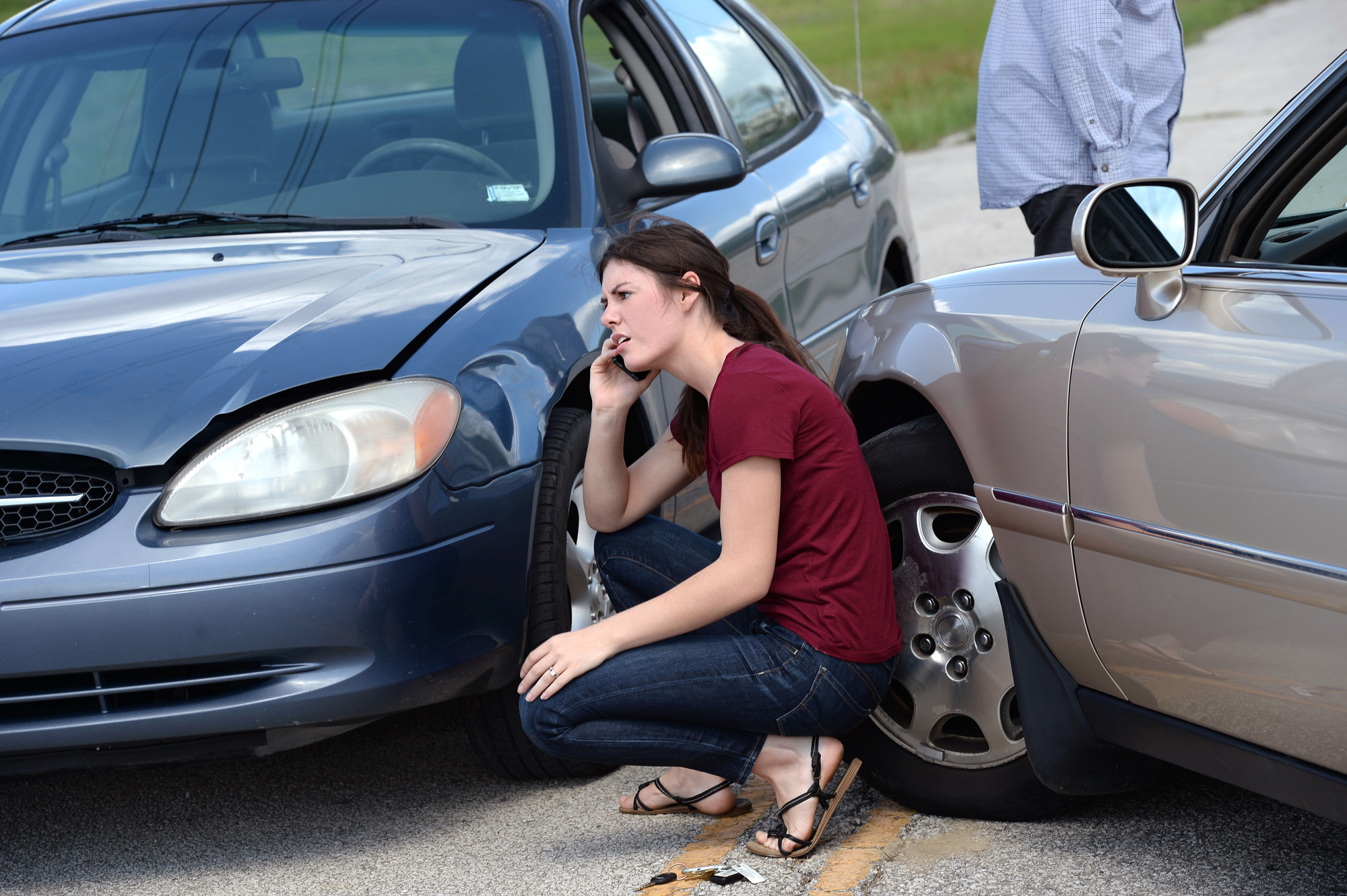Every year, about 1.35 million people die in car accidents around the world, that’s more than the total amount of deaths from AIDS.
If you’re lucky enough to survive a car crash, you then have to deal with the cost of repairing your vehicle, possible medical bills, and the inevitable litigation that follows. Unless you have no-fault insurance.
So, what is no-fault auto insurance anyway, do you have it, and how does it affect you?
No-Fault Auto Insurance States
It’s mandatory to have no-fault insurance in 18 states. In Kentucky, New Jersey, and Pennsylvania you can choose whether you want no-fault insurance or not.
The other states classify themselves as ”tort fault” states. In these states, the insurer of the driver who’s found to be at fault pays all the damages in the event of an accident.
Regardless of whether you live in a tort state or a no-fault state, each state has its own rules, thresholds, and inclusions when it comes to auto insurance. Always go through your policy carefully, so that you understand exactly what’s included in your coverage.
If you live in a no-fault state, or you opt-in for no-fault insurance, this is what you stand to gain.
What Is No-Fault Auto Insurance?
No-fault insurance, also called PIP or personal injury protection insurance, helps cover some of you and your passenger’s costs if you have an auto accident.
They pay these costs, regardless of who caused the accident, as long as the accident falls within the scope of your policy.
Some of the costs covered by this type of insurance include:
- Medical bills
- Health insurance deductibles
- Loss of earnings due to injury
- Essential services like childcare, grocery shopping, and cleaning
- Funeral expenses if necessary
No-fault insurance doesn’t cover costs related to repairing your car. Medicare and no-fault auto insurance work together in that your insurer will pick up the tab for any shortfall in your Medicare coverage.
Some PIP insurance policies cover your medical expenses even if you weren’t in a car. For example, if you’re were walking or riding a bike and a car hits you, you could claim from your insurer.
If you’re the innocent party, you still have the right to sue the other driver for additional expenses. Some states only allow litigation if the damages exceed a particular threshold, usually around $250,000 for medical expenses.
When comparing no-fault vs fault auto insurance, the main difference is that PIP insurance saves you the expense of going to small claims court to recoup minor medical expenses.
To file a no-fault auto insurance claim, you’ll need a recognized PIP doctor to validate your medical expenses. You can read these tips from pipdoc.com for more information to help you with this aspect.
Do You Have More Questions?
Now that we’ve put the question, “what is no-fault auto insurance?” to bed, you can rest easy knowing that you’re more in tune with your rights as an insured road user.
For more interesting insights into everyday issues, keep reading our blog. We’ve got you covered on topics ranging from insurance to travel, and beyond.
